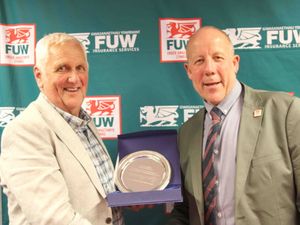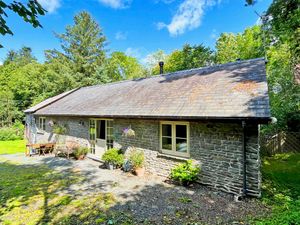Farming Talk: Don't wait for the rain to trigger the crop killers
Speaking the other day to fungicide specialist Simon Roberts of Syngenta, he told me that heavy rain can trigger the onset of foliar diseases in maize crops.
So maize growers may want to review their fungicide management strategy before we get the next downpour.
Cool and wet often result in more serious loss of green leaf area caused by eyespot, with leaf blight more prevalent in humid conditions. He warned that leaf loss just when crops should be growing at their fastest could severely affect yields of forage maize and feedstock for biogas production.
Despite this year's slow start, most maize crops have been growing incredibly well, Simon told me. And for many growers, now is the last opportunity to spray a preventative fungicide using conventional farm sprayers without damaging the crop.
However, there is a bright side for maize growers, as this season is the first time that they have a fully approved fungicide for use in maize, with azoxystrobin and propiconazole (Quilt Xcel).
Simon explained that enhancing maize plant health and protection of the green leaf area ensures the crop can make more effective use of sunlight to boost cob yield.
And yield improvements of over 15 per cent have been seen in trials from the control of Leaf Blight alone.
But, as the season goes on, crops become taller and later application is likely to require specialist high clearance spray equipment, and although many arable farms growing biogas maize will have sprayers kitted out for oilseed rape desiccation, others may need to use a contractor.
Advisers agree that operators should aim for 50cm boom height clearance above the crop, with the use of angled nozzles potentially giving better coverage into the canopy. Nozzle specialists at Syngenta are developing novel nozzle technology, too, that could benefit growers by extending spraying opportunities.
However, care still needs to be taken not to go too fast with the sprayer, so the crop can bend over and then spring back, rather than snapping off, Simon emphasised.
Nonetheless, any sprayer damage is likely to be minimal, compared to the losses from an outbreak of disease stripping leaves and causing yield losses.
Simon also warned me that there is also a newly-arrived fungicide – Northern Leaf Blight (Helminthosporium turcicum) – which could become more of a menace, partly because of the increase in industrial maize being grown and changing climatic conditions. As with most fungi, humid conditions appear most conducive to rapid infection.
Heather Briggs is the former manager of an agricultural growers co-op who now works in the agri-PR sector.





